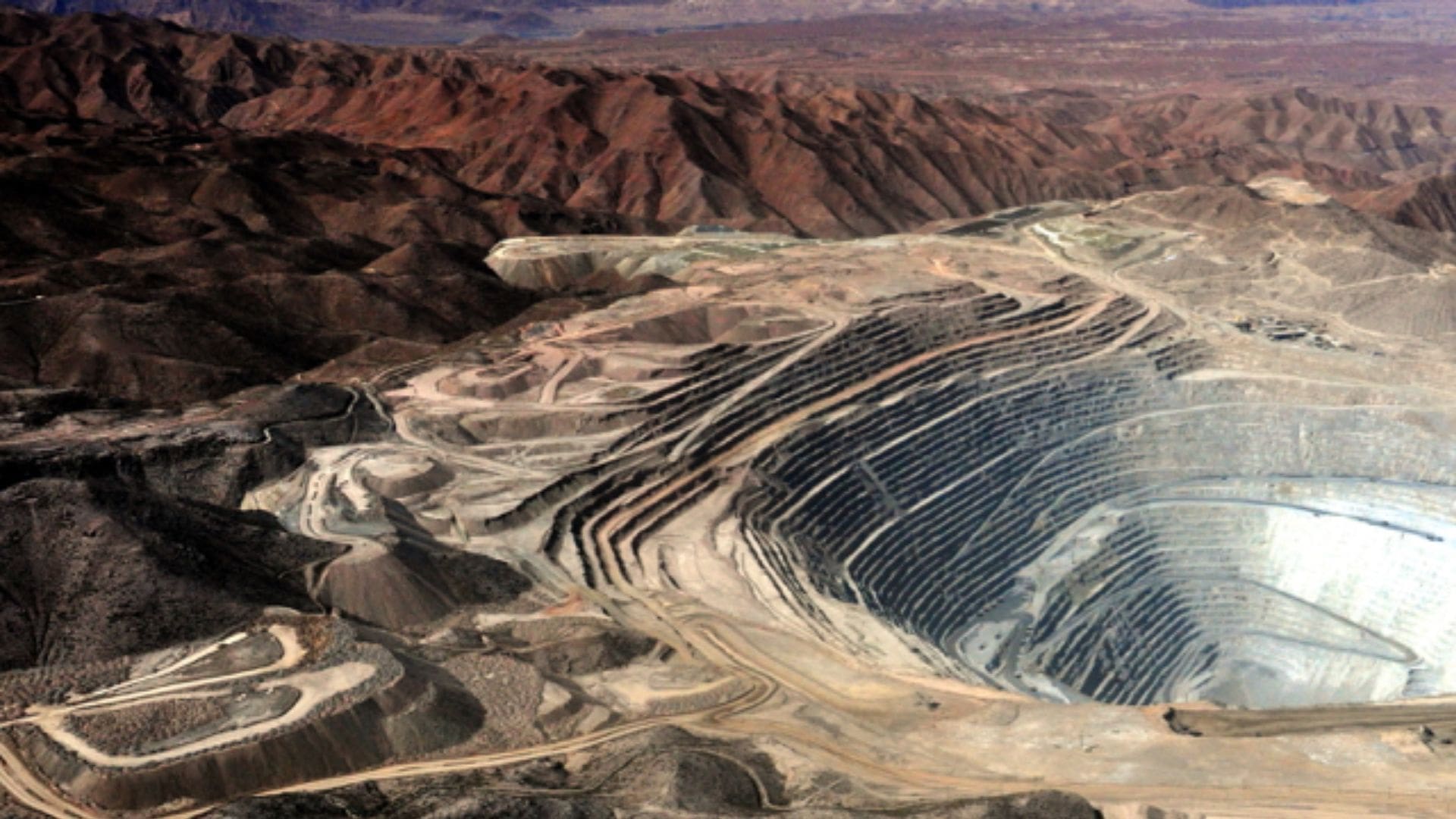Peru's Copper Production Soars and Base Metals Thrive: A Detailed Overview of the Mining Industry's Performance
- Peru | 9 July 2018

Peru has solidified its position as a major player in the global mining industry, particularly in copper production and the extraction of various base metals. With consistent growth in copper output and significant developments in other metal sectors, Peru continues to strengthen its foothold in the mining market. This article provides an in-depth analysis of Peru’s copper production and explores the performance of base metals, highlighting key mines and future prospects.
Peru has witnessed a remarkable surge in copper production since 2012, with consistent year-on-year growth. Even in 2017, the country experienced a modest increase of 3.9% in copper output, reaching a total of 2.45 million tonnes (mt) of fine copper. This growth can be attributed to the expansion of prominent mines such as Cerro Verde and MMG’s Las Bambas.
Cerro Verde remains the largest copper producer in Peru, with an annual output of 501,800 mt. It was closely followed by Las Bambas, which achieved its first year of full production in 2017, producing 454,000 mt of copper, marking a significant 37.5% increase from the previous year. Antamina, another major copper mine, contributed 439,200 mt to Peru’s overall copper production.
Minera Las Bambas, the operator of the Las Bambas mine, reported impressive results in its first year of full commercial production. With a C1 cost of $0.99, the mine stands out as one of the lowest-cost producers. The company implemented efficiency measures right from the start, setting a strong foundation for future success.
Suresh Vadnagra, president of Minera Las Bambas, expressed optimism about the mine’s future potential. He projected a copper yield of 410,000 to 420,000 metric tons for 2018, with a C1 cost ranging from $1/lb to $1.10/lb. Vadnagra emphasized the enormous growth potential of Las Bambas, highlighting plans for brownfield expansion, including the development of satellite pits and resource expansion. With significant untapped land and exploration potential, Las Bambas is well-positioned for large-scale expansion.
In addition to Cerro Verde, Las Bambas, and Antamina, Peru boasts several other major copper producers. Glencore’s Antapaccay mine recorded an output of 206,500 mt, followed by Chinalco’s Toromocho at 194,700 mt. Southern Copper operates two units: Cuajone (161,100 mt) and Toquepala (145,000 mt), while Hudbay Minerals’ Constancia mine produced 121,800 mt of copper.
Peru’s mining landscape is not limited to large-scale operations. Several medium-sized underground mines have shown remarkable performance. Buenaventura’s El Brocal operation, with ongoing expansion at the Marcapunta mine, emerged as the country’s largest underground copper producer, closely followed by Nexa Resources’ Cerro Lindo. Southern Peaks Mining’s Condestable mine also made significant contributions to Peru’s copper production.
Mining companies like Buenaventura and Southern Peaks Mining are actively pursuing strategies to improve productivity and efficiency. Buenaventura aims to transition from room and pillar mining to a different method that extracts ore from pillars, potentially enabling the Marcapunta mine to increase its output from 8,000 mt/d to 20,000 mt/d. Southern Peaks Mining has introduced mechanization and advanced mining methods at the Condestable mine, leading to increased throughput and reduced costs.
Peru’s copper production continues to narrow the gap with Chile, its neighboring competitor. Although Chile experienced a slight decrease in copper output to 5.5 million mt/y, Peru is steadily closing in. Furthermore, China holds the position of the third-largest copper producer globally, with an output of approximately 1.9 million mt/y. The Peruvian government has set a target of increasing copper production by 30% by 2021 to solidify Peru’s position as the world’s second-largest copper producer.
Peru’s success extends beyond copper production. In the zinc sector, Antamina reclaimed its position as the top producer, witnessing a significant 69% increase in output, reaching 442,500 mt/y. Volcan, Peru’s second-largest zinc producer, saw Glencore acquire a controlling stake. Nexa Resources, with Cerro Lindo as its flagship operation, contributed 229,600 mt/y to Peru’s zinc production.
While lead production decreased by 2.4% to 306,800 mt, molybdenum production increased to 28,100 mt/y. Tin production, however, experienced a decline of 5.3%, amounting to a total output of 17,800 mt/y. Peru maintains its position as a leading global producer of zinc, lead, and molybdenum, as confirmed by the United States Geological Survey (USGS).
Iron ore production also witnessed a significant rise of 15% to 8.8 million mt, primarily driven by Shougang’s expansion at Marcona. Additionally, a new player, Shouxin, produced 138,000 mt of iron ore through the reprocessing of Shougang’s tailings, yielding some copper as well.
Peru’s mining industry continues to thrive, with the country solidifying its position as a key player in copper production and base metal extraction. The consistent growth in copper output, along with notable developments in zinc, lead, molybdenum, and iron ore sectors, reflects Peru’s commitment to harnessing its rich mineral resources. With ambitious growth plans, ongoing expansions, and exploration potential, Peru aims to maintain its upward trajectory and cement its status as a significant contributor to the global mining market.








